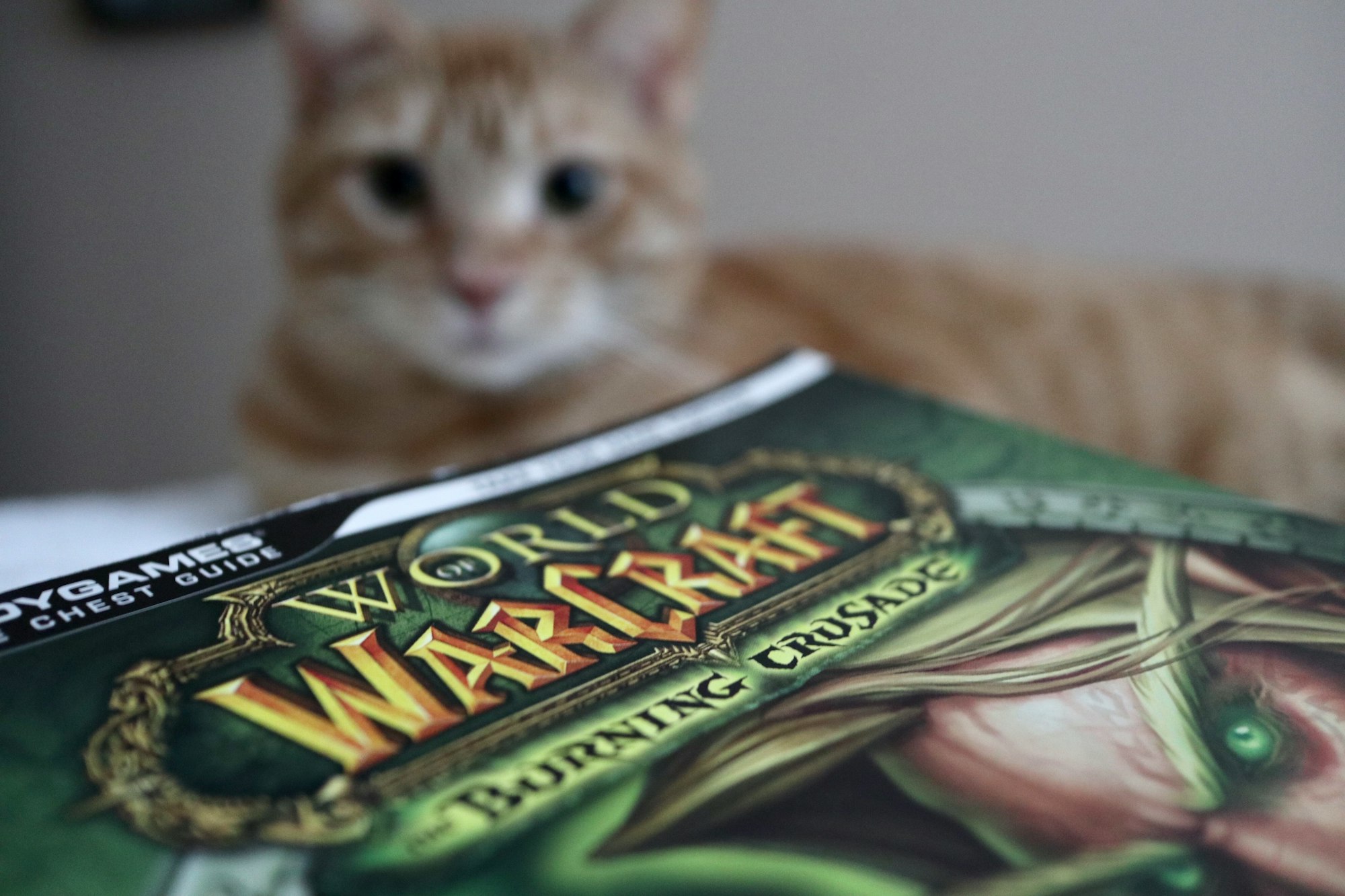In this article, I cover the surprising NFT use cases and how they’re changing the creator economy.
What are the surprising use cases for NFTs or non-fungible tokens?
Non-fungible tokens or NFTs are nothing more than memes, PNG, and JPEG files that people overpay for with weird internet money, right?
That’s a common misconception about NFTs. Although the space is still incredibly early, NFTS are already proving themselves via a set of use cases, current and emerging. But first, let’s cover how NFTs differ from fungible or everyday items… and what exactly fungible and non-fungible mean.
Fungible items are interchangeable, divisible, or replaceable. A T-shirt, a pair of jeans, or a coffee cup all examples of a fungible good. If you lose one or wear it out, you can easily interchange or replace it. A house is another example of a larger fungible item.
Real-world and weird internet money or cryptocurrency is fungible too. One dollar is indistinguishable from the next. If you own a Bitcoin, you can easily divide it into smaller amounts or Satoshi and send them to other people, without any discernible difference between coins.
Non-fungible items and goods are non-interchangeable and irreplaceable. If you’re a dollar bill autographed by your favorite football team’s star player … that’s irreplaceable. Although, in theory, it should mitigate counterfeiting, in practice, the NFT space is still rife with scammers.
Non-fungible items are sentimental and indivisible. You can’t cut pieces off your favorite jersey or artwork without ruining the original.
I made a video to accompany this post which you can watch below, or read on!
Now, let’s explore the surprising use cases for NFTs.
Table of Contents
1. NFT Digital Assets Reward Creators

Pre-internet, it was exceptionally difficult for people engaged in creative work to get paid well for their work. Moreover, the concept of an artist starving held a sense of glamour. Consider writers, painters, and artists working on the streets of Paris in the early 1900s over a bottle of cheap wine.
In more recent years, unless a creator was near the top tier of their profession, most creators worked around the margins of a day job. Creative work often didn’t pay the bills.
Over the past 20 years, it’s become easier for creators to earn a living online via creating and selling digital assets. Aspiring authors, for example, don’t have to wait until they find a literary agent and get picked by publishing houses. Instead, they can choose themselves and self-publish their work. Likewise, artists can get paid directly by supporters using Patreon.
Until NFTs, it was exceptionally difficult for an artist or creator to earn on the secondary market. Artists rarely got a cut of resales of their work.
However, creators of successful NFT projects earn residuals in perpetuity. Typically, they receive between five and 10% of any future sales on the secondary market of their digital artwork.
Digital artists like Beeple are already earning a great living via NFTS, so it’ll be interesting to chart how this new format affects the lives of other creatives, like authors and musicians.
2. NFTs Mark Cultural Moments
Let’s say you go to a big concert or watch your favorite team play in the final. The next day, you hold onto the ticket for sentimental value. It demonstrates to others, “Look! I was there!”
NFT tickets will serve as irrefutable proof on the blockchain demonstrating the holder attended or took part in a sporting or big cultural event. The ticket is irreplaceable, and it won’t degrade or go missing.
If paying to own a cultural moment sounds wishy-washy, consider how fans of sporting teams make a pilgrimage to the favorite team’s home ground. Consider how they feel a sense of ownership to what’s essentially a big business or sports brand.
The highly successful NBA Top Shots project capitalizes on allowing fans to own part of their favorite team or player’s history. For example, an NBA top shot of LeBron James sold for $230,000 in 2021.
3. You Can Own Or Collect Unique NFT Collectibles

Hardcore fans spend thousands of hours and dollars acquiring stamps, rare coins, comic book covers, Star Wars toys, watches, and art. Some NFTs projects, like Galaxy Eggs and CryptoPunks, are a form of digital collectibles.
The CryptoPunks NFT, like many successful avatar NFT projects, are unique, inadvisable, and irreplaceable. Created in 2018, only 10,000 CryptoPunk NFTs will ever exist. So, they’re a magnet for wealthy collectors. They regularly trade hands for six and seven figures.
NFT Collectors are happy to pay hundreds of thousands and even millions of dollars to acquire them. They also signal the type of prestige within the NFT ecosystem. Holders can signal to those in the know that they own something unique.
Galaxy Eggs is a newer, more affordable project. One NFT costs several hundred dollars in Eth to acquire.
4. NFTs Are Tickets To Exclusive Communities

Some NFT projects are tickets to exclusive Discord communities and other online membership programs. As a member, you can get early access to other NFT projects that you can mint…before the wider public. Unfortunately, when a popular project goes live, it’s usually expensive or difficult for the wider public to mint.
Membership of the community serves as a means of connecting with other NFT holders. You can ask questions about your favorite project without worrying as much about scammers (they’re unlikely to get into premium communities).
Many community owners value joining a tribe of like-minded collectors and investors. The most popular premium Discord Communities like Cyberkongz claim thousands of members. To the outsider, these communities look overpriced, but they act as a source of information and offer a sense of belonging to the insider.
5. NFTs Enable Gamers To Port Their Wares

Spend any amount of time playing video games like Fortnight, Call of Duty, or Word of Warcraft, and you’ll encounter the concept of buying virtual goods with real-world money. But that sword or spell you grinded hours to acquire in World of Warcraft is unusable outside of that game.
That’s what Vitalik Buterin, co-inventor, and founder of the popular cryptocurrency Ethereum, discovered. He decided to learn more about smart contacts and developing a cryptocurrency after an in-game update nerfed his World of Warcraft character.
Buterin said:
“I happily played World of Warcraft during 2007-2010, but one day Blizzard removed the damage component from my beloved warlock’s Siphon Life spell. I cried myself to sleep, and on that day, I realized what horrors centralized services can bring. I soon decided to quit.”
Although the technology is under development, NFTS will enable players to port a digital item from one game to the next. In addition, game developers will begin enabling interoperability between their games so that collectors can use their digital goods throughout the metaverse. Players will also be able to trade in-game items and digital real estate more easily.
NFT project owners are also creating video games based on their projects. Owning an NFT enables holders to play these games using their holdings as currency and in-game avatars.
6. They’re a Form Of Passive Income
Decentralized finance or DeFi is a tricky concept to grasp for some outside of the crypto space. Essentially, you can buy and sell digital currencies without any intermediaries, borrow against your collateral and even earn passive income.
It’s all powered with smart contacts on the blockchain rather than underwritten by a bank or evaluated by a finance executive.
NFTs serve as a means of visualizing Defi for investors. That JPG image of a duck, monkey, or dog, represents a digital token. Stake it, and you’ll earn passive rewards in the form of future NFTs and proprietary tokens. Then, on a decentralized exchange, You can trade these proprietary tokens back into Eth and from there into USD.
For example, holders of NFTS like SupDucks, Anonymice, and Cyberkongz Genesis NFTS receive a proprietary token every day they hold their NFT. They can exchange Volt, Cheetah, and Banana tokens for a stable coin and convert it back to US dollars.
Holders of Cyberkongz Genesis NFTs earn a six-figure annual income simply by holding.
7. They’re a Lucrative, Risky Type of Investment
Like it or not, you can buy an NFT with Ethereum, hold it for a few weeks and flip for a hefty profit. Hold it for a few months or years, and you may make even more. NFTs are a bit like cryptocurrency on crack cocaine. The highs are astronomical … but some are the lows.
If you bought a CryptoPunk it 2018, you’d have spent less than $1000. That same CryptoPunk is worth hundreds of thousands of dollars, if not millions today. The returns are similar for some of the other most expensive NFT projects.
Traders also regularly buy, sell and flip NFTs at a profit to each other as the market is growing. However, the space is still early, and many projects will go to zero. So, do your research and only invest what you’re prepared to lose.
8. NFTS Are Digital Versions of Real-World Goods
Damien Hirst’s Currency is a great example of how an NFT project combines real-world and digital use cases. Ten thousand pieces of this digital artwork exist. You could have picked one up at launch for a little under $2,000. Today, they trade hands for six and seven figures.
Suppose a collector has concerns about paying hundreds of thousands of dollars for a digital painting. In that case, they can feel more confident knowing each piece of digital art is pegged to a corresponding piece of physical art locked in a vault in London. These are known as Tenders.
In the future, it’s conceivable that many everyday real-world items will have digital equivalent demonstrating ownership, for example, a driver’s license or property deeds.
9. They Are A New Form Of Art
Generative art describes when an artist uses digital processes like natural language processing, coding, and machine learning to create unique pieces. Many of these top-tier artists sell their creations as NFTs via Art Blocks. For example, a Fidenza NFT recently traded hands for $7 million, while some Chromie Squiggle NFTs are worth over seven figures.
Conceptual artists like Kevin Abosch use blockchain technology to create and sell conceptual digital art to collectors. Abosch’s conceptual digital photo of a potato sold for one million dollars in 2016. In 2020, Abosch sold his creation, Red Rose, as NFT art for one million dollars.
NFT Use Cases: The Final Word
It’s still early for NFT project creators, owners, and investors. For context, OpeanSea, the premier NFT marketplace, claims approximately 100,000 users per week, whereas eBay has several million users.
Expect NFTs to gain more wide stream adoption when other NFT marketplaces catch up and when Coinbase simplifies buying and selling this new asset class.
These are only a few of the surprising use cases for NFTs. The space is rapidly changing, and I’d expect more use cases to emerge over the coming years as smart contacts and blockchain technology evolves.

